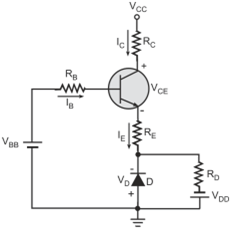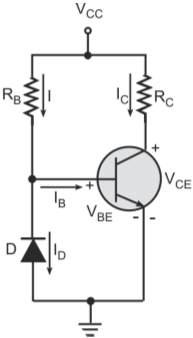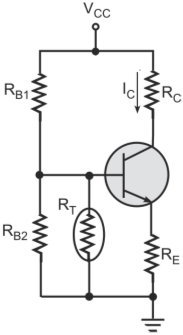The biasing techniques offer stability to the operating point (ICQ, VCEQ) by virtue of negative feedback but they also reduce the gain of the circuit. In applications where the reduction in gain is not acceptable, compensation techniques are used to arrest the variation in the operating point.
Discover, Learn and Innovate
Your Trusted Online Resource for Electronics
Share on Social Media
Popular Post
Popular Post
© Electronicspedia All Rights Reserved | Designed by Aarohan Research Lab











